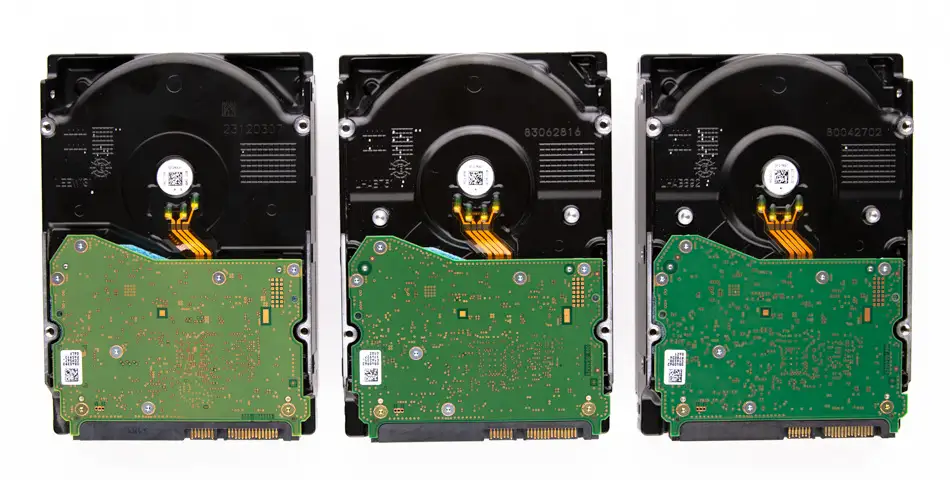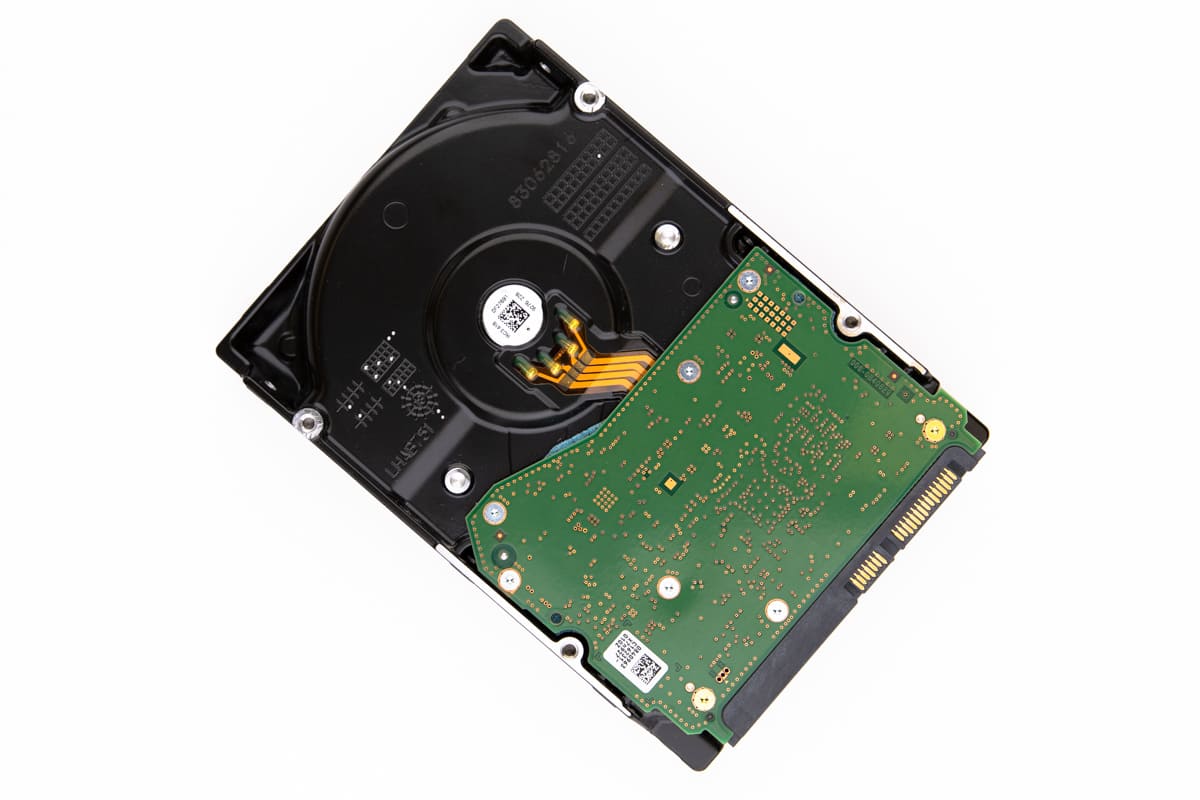The “Boot Device Not Found” error message is one of the most frustrating errors that can appear on a computer screen. It usually occurs when the computer is turned on, and the operating system cannot find the bootable device. The error message may be accompanied by an error code or a message suggesting the operating system is missing, or the hard drive is undetected.
This error can occur for several reasons, including a faulty hard drive, corrupted system files, and improper boot order settings. If you encounter the “Boot Device Not Found” error, there may be various reasons for it. In this blog post, we will discuss what this error means and how to fix it.
What is the "Boot Device Not Found" Error?
The “Boot Device Not Found” error message appears when the computer cannot find the bootable device to load the operating system. A bootable device is any storage device that contains a bootable operating system, such as a hard drive, USB drive, or DVD. When you turn on the computer, the BIOS (Basic Input/Output System) checks the bootable devices in the order specified in the BIOS settings.
If the BIOS cannot find a bootable device in the specified order, it displays the “Boot Device Not Found” error message. The error message can vary depending on the BIOS manufacturer and the version of the BIOS.
What Causes the "Boot Device Not Found" Error?
The “Boot Device Not Found” error can occur due to various reasons. Some of the common causes are:
Faulty hard drive. A faulty hard drive can prevent the operating system from booting. The hard drive may have bad sectors, physical damage, or mechanical failure.

Corrupted system files. The system files required for booting the operating system may get corrupted due to a virus or malware attack, improper shutdown, or software conflicts.
Improper boot order settings. If the boot order settings in the BIOS are not set correctly, the computer may be unable to find the bootable device.
Loose or disconnected cables. The cables connecting the hard drive or other storage devices to the motherboard may become loose or detached, preventing the computer from detecting the device.
How to Fix the "Boot Device Not Found" Error?
While ‘Boot Device Not Found’ can be frustrating, several ways exist to fix this problem and get your computer up and running again.
Check the Bootable Devices
The first step to fix the “Boot Device Not Found” error is to check if the bootable device is connected and functioning correctly. If you use a USB drive or DVD to boot the operating system, ensure it is inserted correctly and in working condition. If you use a hard drive, ensure it is connected to the motherboard and has power.
Check the Boot Order Settings in BIOS
If the bootable device is connected and functioning correctly, the next step is to check the boot order settings in the BIOS. To access the BIOS settings, restart the computer and press the key specified by your computer manufacturer to enter the setup.
Once you enter the BIOS setup, navigate to the Boot menu and check the boot order settings. The boot order should be set to the device where the operating system is installed. If the boot order is incorrect, change it and save the changes before exiting the BIOS setup.
Run System Diagnostics
If the above methods do not fix the “Boot Device Not Found” error, the hard drive may be faulty or damaged. You can run system diagnostics to check if the hard drive is functioning correctly.
Most computers come with built-in system diagnostics that can check the hard drive for errors. To access the system diagnostics, restart the computer and press the key specified by your computer manufacturer. This will launch the system diagnostics utility to check the hard drive for errors and provide a report. If the system diagnostics report indicates that the hard drive has errors or is failing, you should replace the hard drive.
Repair Corrupted System Files
If the hard drive functions correctly, the “Boot Device Not Found” error may be caused by corrupted system files. To repair the corrupted system files, you can use the System File Checker (SFC) tool.
To use the SFC tool, open the Command Prompt as an administrator, type “sfc /scannow”, and press Enter. This will start the scan for corrupted system files and repair them.
Contact a Professional Data Recovery Company
If none of the above methods work, the last resort is to contact a reputable recovery company. This way, you can solve this problem without using any of your essential files.
Data Recovery for not Bootable Devices
PITS Global Data Recovery Services is a trusted name in the data recovery industry, offering professional data recovery services for not bootable devices. When a device fails to boot, it can be alarming as all the important data stored on the device becomes inaccessible. However, our professional data recovery services can help you recover your data in such situations.
Our team of expert technicians is equipped with the latest tools and technology to diagnose and recover data from not bootable devices, regardless of the cause of the issue. We have years of experience handling various types of devices, including hard drives, solid-state drives, and flash drives.
We understand the importance of data security and privacy. That is why we follow strict data security protocols to ensure your data is safe and secure throughout recovery.
At PITS Global Data Recovery Services, we strive to provide the best data recovery services to our clients. We are committed to recovering your data in the most efficient manner possible while maintaining the highest results.
If you are facing data loss due to a nonbootable device, contact our experienced team. Contact PITS Global Data Recovery Services for professional data recovery services, and let us help you recover your valuable data.
Frequently Asked Questions
What does "Boot Device Not Found" mean?
This error typically means that the system BIOS is unable to find the bootable hard drive or disk.
What causes the "Boot Device Not Found" error?
The error could be caused by various factors such as incorrect boot order, damaged hard drive, loose hard disk connection, or even a system virus.
How can I fix the "Boot Device Not Found" error?
Possible solutions include checking the boot order, conducting a hard or soft reset, checking the hard drive connection, or running a system diagnostics test.
Can the "Boot Device Not Found" error result in data loss?
In some cases, yes. If the error is due to a damaged hard drive, there is a possibility of data loss. It’s recommended to back up your data regularly.
Should I seek professional help for the "Boot Device Not Found" error?
If you’ve tried the common solutions and the error persists, it would be advisable to consult a professional to avoid causing further damage.
